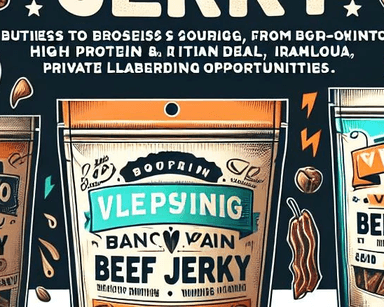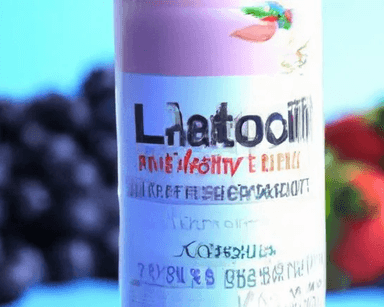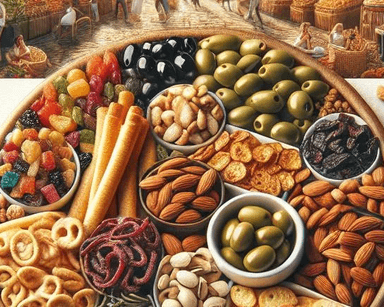What are Meal Replacement packaging options?
Meal Replacement products come with versatile packaging options suitable for various business needs, including jars, pouches, and ready-to-drink bottles. These are designed to cater to both retail and foodservice sectors, making it easier for b2b buyers to source meal replacements that fit their specific requirements. With a focus on convenience and sustainability, many suppliers offer eco-friendly options that align with current market trends. By sourcing through platforms like Torg, located in Europe's food marketplace hub, buyers can easily connect with packaging suppliers that meet international trade standards.
What are the top Meal Replacement producing countries?
Spain, Germany, France, and Ireland are leading the market for Meal Replacement products. Companies in these countries offer competitive options for sourcing meal replacements in the b2b sector. Exploring various suppliers from these regions can provide access to diverse wholesale opportunities. For instance, Spain and Germany are known for their innovation and quality in both organic and conventional Meal Replacement manufacturing. Whether you're looking for certified producers or private label options, these countries offer a wealth of opportunities for professional buyers.
Who are the best suppliers for private label Meal Replacement in Europe?
The best private label Meal Replacement suppliers in Europe include Viplus Dairy Pty Ltd - Toora, SOKOLOW, BARRA MANSA and sole mio malissard. These Meal Replacement companies are known for their premium Meal Replacement, flexible private label services, and efficient production, meeting the growing demand for high-quality, customizable Meal Replacement products.
What are the top certificates for Meal Replacement?
For buyers prioritizing quality assurance, certifications like GACC, IFS, FSSC 22000, and BRCGS are crucial in Meal Replacement sourcing. These standards ensure that suppliers meet rigorous international safety and quality criteria. Businesses looking for certified Meal Replacement producers, especially in the b2b sector, can rely on these certifications to guide their sourcing from countries like France and Ireland. By partnering with certified suppliers, buyers can offer their clients premium, trustworthy products that meet global industry standards.
What are the top Meal Replacement trade shows?
Key trade shows for the Meal Replacement industry include Vitafoods Europe, Natural & Organic Products Europe, and Health Ingredients Europe. These events are pivotal for buyers seeking to meet top b2b suppliers and explore new sourcing opportunities. Attending these trade shows provides direct access to the latest product innovations and trends, from organic Meal Replacement options to vegan-friendly products. Whether you're targeting suppliers from Spain, Germany, or elsewhere, these gatherings are invaluable for staying ahead in the Meal Replacement marketplace.
What are Meal Replacement minimum order quantities (MOQ)?
The minimum order quantities (MOQs) for Meal Replacement vary by type. For branded items, MOQs typically range from 1,000 to 3,000 units, while private label orders start at 5,000 units and can go up to 15,000 units. Understanding these requirements is crucial for b2b buyers during the sourcing process, ensuring that they engage with suppliers who can meet their commercial needs. By working with experienced suppliers featured on Torg's platform, businesses can effectively plan their procurement strategy within these MOQ parameters.
What are the top Meal Replacement trends in 2025?
Top trends in the Meal Replacement sector include a rise in organic and vegan options, alongside an increasing capacity for bulk production. These trends cater to both retail and foodservice demands, as businesses seek sustainable and health-conscious alternatives. Suppliers in regions like the Mediterranean, especially Spain and Italy, are innovating with upscale, premium meal replacements that meet these consumer demands. For b2b buyers, sourcing products aligned with these trends can enhance brand appeal and market reach.
















